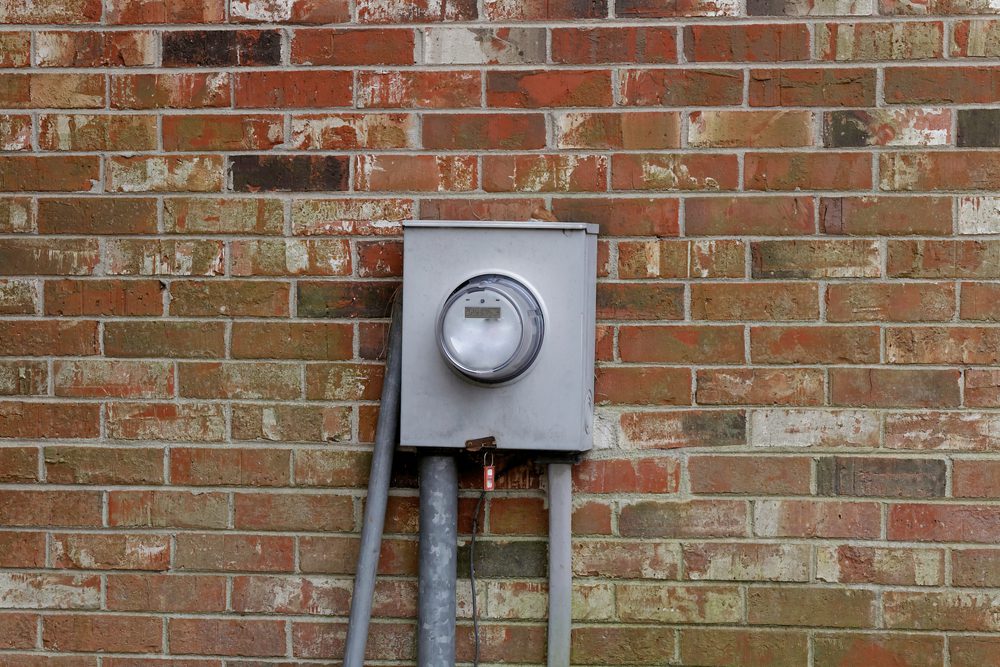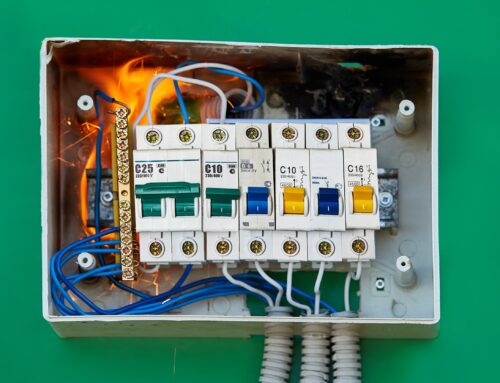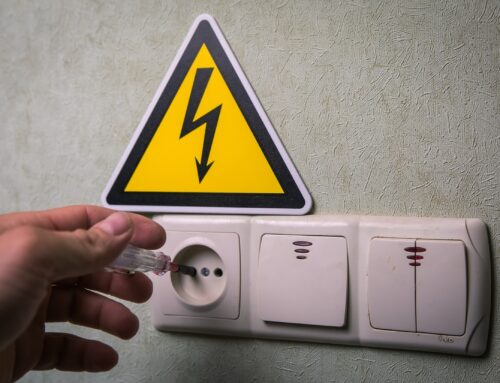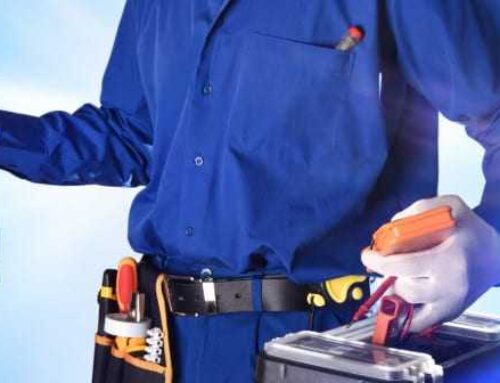Electrical meter bases are crucial components of your home’s electrical system, providing accurate readings of your electricity consumption. Over time, these meter bases may experience wear and tear, leading to potential hazards and a decline in performance. In this comprehensive guide, we will delve into the various aspects of electrical meter bases, guiding you on how to recognize the signs indicating when it’s time for a replacement.
Understanding the Electrical Meter Base
Before we dive into the signs of replacement, let’s first understand the role of the electrical meter base. The meter base is the housing that contains the electric meter, which measures the electricity usage in your home. It connects the utility company’s power lines to your internal electrical system, allowing for the flow of electricity and recording the amount consumed.
Signs Indicating the Need for Replacement
A failing electrical meter base can pose safety risks and lead to operational inefficiencies. Here are the critical signs that indicate it’s time for a replacement:
1. Rust and Corrosion: Ensuring Structural Integrity
Rust and corrosion on the meter base’s surface are not just cosmetic issues; they can compromise the structural integrity of the unit. Moisture and exposure to the elements can lead to rust, weakening the base and potentially causing it to fail.
2. Physical Damage: Identifying External Impact
External forces, such as accidents or severe weather, can cause physical damage to the meter base. Cracks, dents, or other visible signs of impact may indicate the need for replacement.
3. Inaccurate Readings: Ensuring Proper Billing
An unreliable meter can result in inaccurate electricity readings, leading to overbilling or underbilling by the utility company. If you notice a sudden increase or decrease in your electricity bills without any change in consumption, the meter base might be faulty.
4. Flickering Lights and Electrical Issues: Addressing Wiring Problems
Flickering lights, frequent power surges, or electrical malfunctions can be indicators of underlying issues with the meter base or the electrical connections. A faulty meter base may not provide a stable flow of electricity, leading to these disturbances.
5. Heating and Burning Odors: Identifying Overheating
If you detect unusual heating or burning odors near the meter base, it could be a sign of electrical overheating. Overheating can result from damaged wiring or internal components and poses a significant fire hazard.
6. Visible Wear and Tear: Monitoring the Condition
Regularly inspect your electrical meter base for visible signs of wear and tear. Components inside the meter base may degrade over time, and addressing these issues proactively can prevent more extensive problems.
7. Outdated or Obsolete Models: Considering Upgrades
If your meter base is an outdated or obsolete model, it may lack modern safety features and efficiency enhancements. Upgrading to a newer model can improve electrical performance and reduce potential risks.
8. Safety Concerns: Prioritizing Well-being
Above all, prioritize safety. If you have any reason to believe that your electrical meter base is unsafe, such as exposed wires or damaged components, take immediate action to replace it.
The Replacement Process
When you’ve identified one or more of the signs mentioned above, it’s essential to take steps to replace your electrical meter base promptly. The replacement process involves the following steps:
1. Contacting a Licensed Electrician: Seeking Professional Assistance
Replacing an electrical meter base is a complex task that requires the expertise of a licensed electrician. Reach out to a qualified professional to assess your meter base and recommend the appropriate replacement solution.
2. Obtaining Necessary Permits: Complying with Regulations
Before initiating the replacement process, ensure you obtain any required permits from your local authorities. Adhering to building codes and regulations is essential to ensure a safe and legal replacement.
3. Power Shutdown and Disconnection: Ensuring Safety
Prior to replacing the meter base, the electrician will shut down the power supply to your home to prevent accidents and injuries during the replacement process. Disconnecting the electrical connections is a crucial step.
4. Removing the Old Meter Base: Preparing for Replacement
Once the power is disconnected, the electrician will carefully remove the old meter base from its housing. This step requires precision to avoid damage to the surrounding electrical components.
5. Installing the New Meter Base: Ensuring Proper Fit
The new meter base will be securely installed by the electrician, ensuring it fits correctly and aligns with the utility company’s specifications.
6. Reconnecting Electrical Components: Ensuring Functionality
The electrician will then reconnect the electrical components and ensure all connections are secure and properly insulated to restore the power supply.
7. Conducting Safety Tests: Verifying Performance
After installation, safety tests will be performed to verify the functionality of the new meter base and ensure it meets safety standards.
FAQs
Here are some frequently asked questions about electrical meter base replacement:
Q: How often should I inspect my electrical meter base?
Regular inspections are essential to catch any early signs of wear and tear. It is recommended to inspect your meter base at least once a year.
Q: Can I replace the meter base myself?
No, replacing the meter base should only be done by a licensed electrician to ensure safety and compliance with regulations.
Q: Will the replacement cause a power outage?
Yes, during the replacement process, the power supply to your home will be shut down to ensure the safety of everyone involved.
Q: Can a faulty meter base damage my electrical appliances?
Yes, a faulty meter base can lead to power surges that may damage sensitive electrical appliances.
Q: Is it worth upgrading to a smart meter base?
Yes, smart meter bases offer advanced features and remote monitoring capabilities, helping you manage your electricity consumption more efficiently.
Q: What is the average cost of replacing an electrical meter base?
The cost of replacement can vary depending on the location, type of meter base, and complexity of the installation. It’s best to get quotes from licensed electricians for an accurate estimate.
Conclusion
Understanding when it’s time to replace your electrical meter base is crucial for maintaining a safe and efficient electrical system in your home. Regular inspections, prompt action upon identifying issues, and seeking professional assistance are essential steps to ensure a reliable power supply and protect your household from potential hazards. By staying informed and prioritizing safety, you can make well-informed decisions regarding your electrical meter base and ensure the optimal performance of your electrical system.






